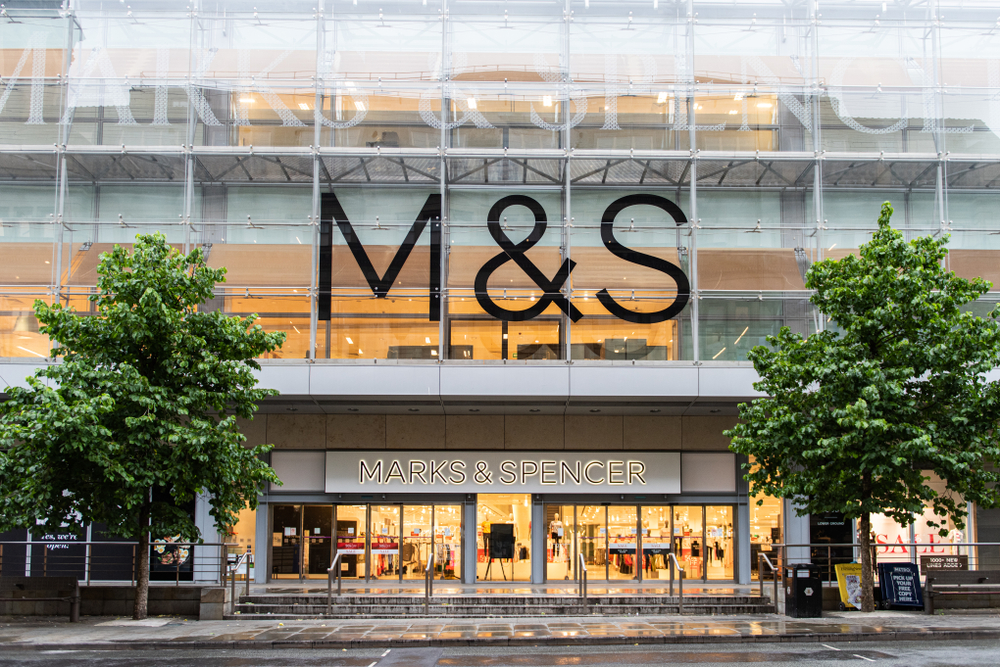Retailers in the home décor market could be losing out on close to £1bn in revenue due to consumers putting off purchases because they can’t picture what products will look like in their homes, according to new research – but mobile holds the key to bridging that gap.
The findings were published in a report by Manchester tech start up DigitalBridge, which recently received financial backing from John Lewis, investigating consumer habits when redecorating their homes.
The study, “The imagination gap: Retail’s £1bn problem”, revealed that more than a third of consumers have delayed buying items like furniture, wallpaper or floorcoverings because of the “Imagination Gap”. It found that of the UK’s 51m consumers, 56% are planning to make some kind of home improvement purchase in the next 12 months.
And with a quarter of those consumers revealing they plan to spend between £500-£1,000 in the next year improving their homes, if the imagination gap trend continues as projected, it could represent a potential £1bn loss for retailers.
More than half of the consumers who took part in the survey said they would be more likely to put off buying new furniture and wallpaper or paint if they couldn’t imagine what they would look like at home, making these products the most likely purchases to be delayed.
Worryingly for retailers, these are the items customers said they would be most likely to upgrade in the next year.
Nearly a quarter of customers admitted to putting off buying new floor coverings and almost a third said they had decided against buying items like curtains or cushions because of the imagination gap.
And close to a third of consumers said they had decided against making any design decisions at all regarding their home, because they were too concerned about making the wrong choice.
DigitalBridge has developed software that allows consumers to view furnishings in situ using a variety of devices to help close this ‘imagination gap’.
CEO David Levine explains: “The imagination gap has long been an issue for consumers but this report highlights the significant commercial challenge it is creating for retailers. Not being able to help customers preview what products will look like at home is something retailers have not been able to help with, with new technology is making it possible. To see that the imagination gap is costing the market more than £1bn a year should be a real wake-up call for retailers to investigate how they can assist customers’ shopping experiences and take a real commercial advantage over their competition.”
Commenting in the report, Christine Kasoulis, buying director for home in John Lewis adds: “In areas like furniture and floor coverings we know that the majority of our customers shop across our website and our shops, and there is a long and considered journey to the point of purchase. Customers want to see how a product will look in their own home – both for style and to understand scale. There is a gap at this point in the customer journey at the moment and it is one that visualisation tools will fill in the near future, helping a considered purchase to feel less complex.”
Kasoulis adds: “I am delighted to be working collaboratively with DigitalBridge on exploring how the future of visualisation could work for Home in John Lewis”
Check it out in action here








